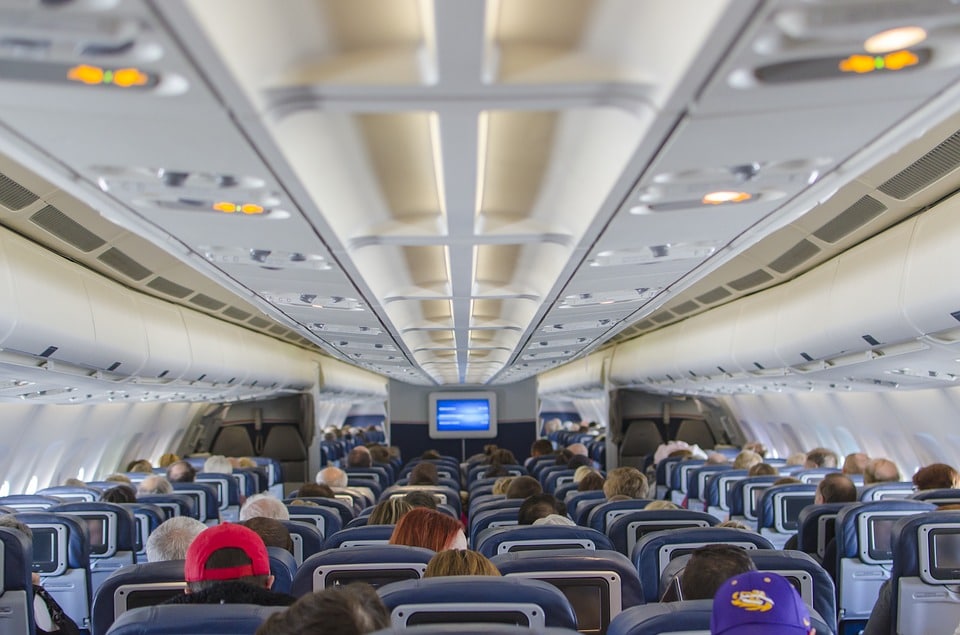Are you a traveler or aircraft aficionado interested in learning about the safety of the planes that take you on your jet-setting adventures? Before any aircraft is cleared for takeoff, pilots take several essential steps to determine if the plane is flight worthy. Knowing which items are inspected may help satiate your curiosity (or concern) about plane safety and help you feel more at ease before your next flight.
Airplane Inspection Checklist
Flying is actually one of the safest forms of transportation, especially compared to driving a car or taking a ferry. In addition to regularly scheduled maintenance and repairs, all planes must undergo a thorough examination before every flight.
Pilots determine the airworthiness of an airplane by conducting several inspections and a walk-around of both the exterior and interior of the plane before takeoff. An aircraft endures general wear and tear during its service life and is affected by forces such as weather, friction, overloads, heat and vibration. Pilots look for visible and measurable effects of these forces when conducting their examinations. The inspections cover critical parts of the aircraft which may require complex repairs or the replacement of parts by a certified aviation mechanic.
Interior Inspection
Pilots are taught the importance of utilizing written checklists when conducting inspections, whether they work for a commercial airline or fly private planes.
A preflight inspection usually begins in the cockpit, where pilots ensure that instruments and gauges are working properly. This area also is inspected for cleanliness, chafing wires, instrument line leaks and other defects, along with these items:
- Paperwork: logbooks, flight hours and other documents
- Fuel selector values: leaks, freedom of movement
- Lights: operational
- Seats and safety belts: latching devices
- All controls and switches: properly positioned and operational
- Windshield and windows: clean and uncracked
Exterior Examination
Outside the airplane, another examination is conducted. The jet is inspected for damage that may have previously gone undetected, as well as for fuel, oil, hydraulic and brake fluid leaks. The following items also are checked to determine if they’re in proper working condition:
- Landing gear: exposed cables and motors
- Engines: fan blades, structural hardware, de-icing, oil pressure and temperature
- Nose: propeller, spinner, alternator belt
- Tires: pressure and tread wear
- Baggage door: securely locked
- Fuselage or body: missing rivets or antennae, dents, loose bolts
- Right and left wings: ailerons, wingtips, flaps, fuel vents, main tires/brake
- Tail section or empennage: rudder, vertical stabilizer
The last element on the inspection checklist is a final walk-around of the airplane to note any potential issues or damage. When finally cleared for takeoff, wheel chocks and wing tie downs are removed to prepare for taxiing.
Pilots will ensure that the transponder is transmitting to radar ground stations and engine instruments are continuously monitored. The flight may be aborted if any abnormalities are detected.
The protocols completed during a thorough airplane inspection are imperative to ensuring that flying is a safe proposition. For more information on which areas of an aircraft are checked in a preflight inspection, see the accompanying guide.
Courtesy of National Aero Stands



